This is an example of a NORMAL PET CT scan. There is red coloring found along the surface of the brain indicating healthy blood flow to the underlying grey matter (neurons). The center of the brain has two large fluid filled chambers that contain cerebrospinal fluid (CSF). There is no blood flow to this region of the brain and therefore it appears blue in color. The underlying white matter (myelinated axons) which transport impulses from one neuron to another neuron appear green and yellow in color. They are green and yellow because they require very little blood flow to function.
PET CT
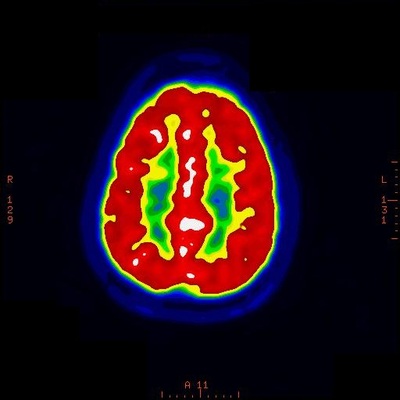

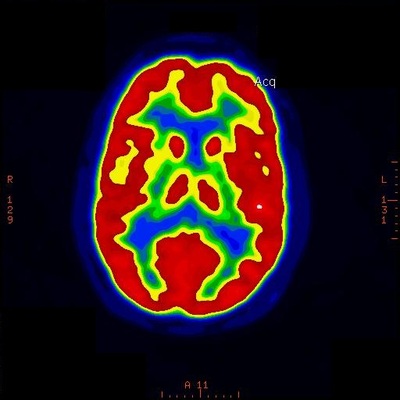
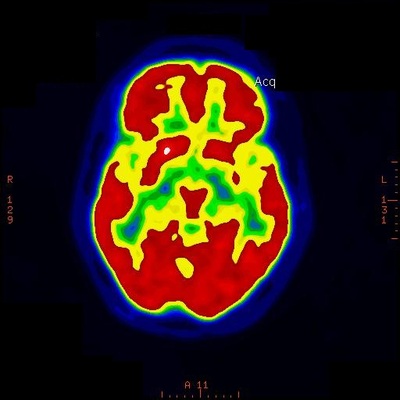
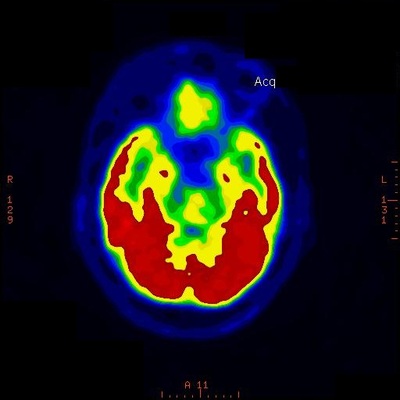
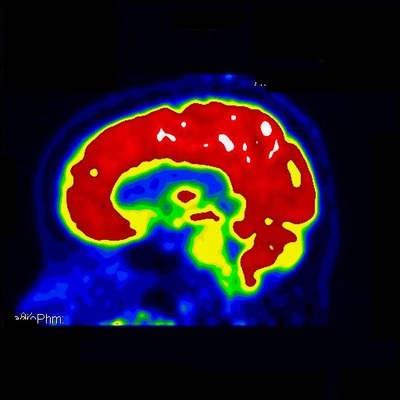
 RSS Feed
RSS Feed
